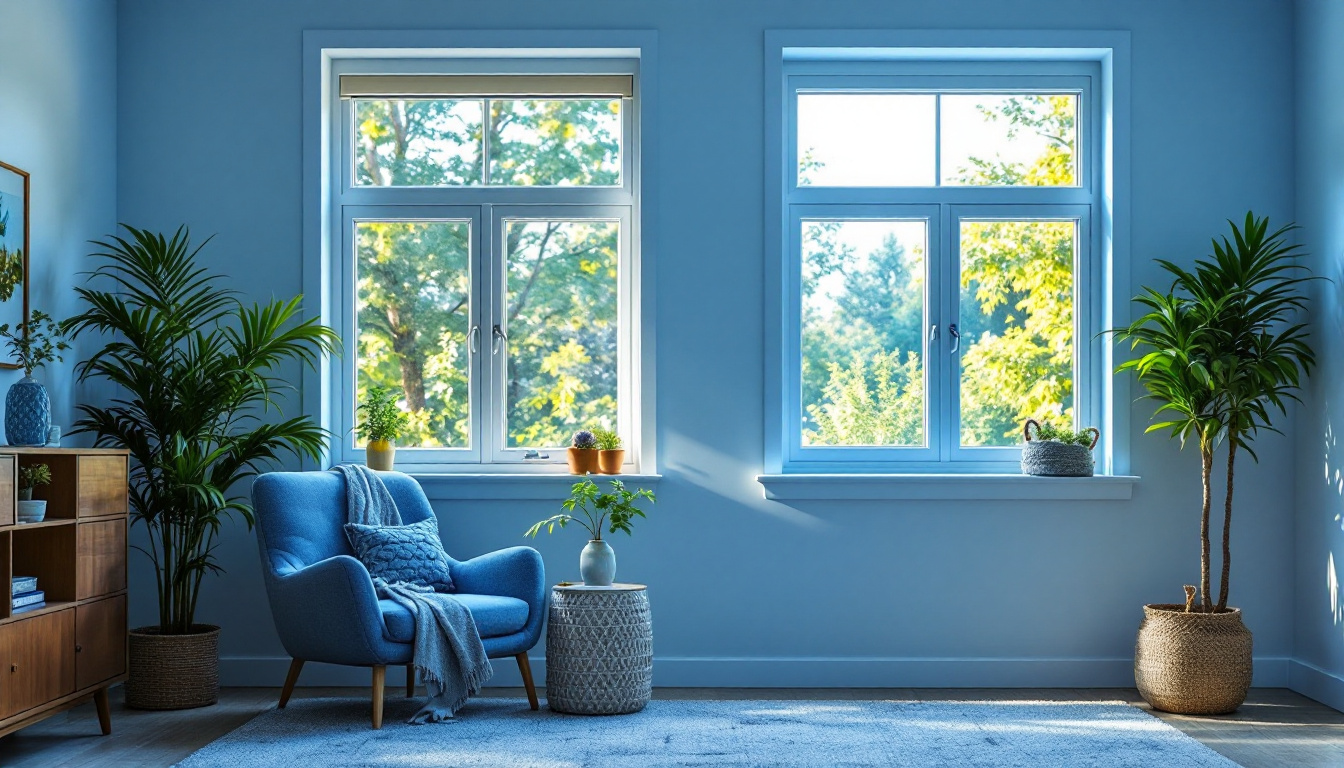When it comes to enhancing your home’s ventilation and weather resistance, choosing the right type of window is crucial. Awning and casement windows are two popular options that offer unique benefits and features. Understanding the differences between these window styles can help homeowners make informed decisions that improve comfort, energy efficiency, and aesthetic appeal.
Understanding Awning Windows
Awning windows are hinged at the top and open outward from the bottom, creating a unique design that allows for excellent ventilation while protecting against rain. This design is particularly beneficial in areas with frequent rainfall, as it allows homeowners to keep the window open even during light showers.
Benefits of Awning Windows
Awning windows provide several advantages that make them a popular choice among homeowners:
- Enhanced Ventilation: The outward-opening design allows for increased airflow, making them ideal for cross-ventilation when paired with other window types.
- Weather Resistance: The awning design helps to keep rain out, allowing you to enjoy fresh air without worrying about water entering your home.
- Energy Efficiency: When closed, awning windows create a tight seal, reducing drafts and improving energy efficiency.
Ideal Applications for Awning Windows
Awning windows are versatile and can be used in various settings:
- Bathrooms: Their ability to provide ventilation while maintaining privacy makes them an excellent choice for bathrooms.
- Above Doors: Installing awning windows above doors can enhance natural light and ventilation without compromising security.
- In Combination with Other Windows: Awning windows work well in combination with fixed or sliding windows to create a stylish and functional design.
Exploring Casement Windows
Casement windows are hinged on the side and open outward, similar to a door. This design allows for maximum ventilation and unobstructed views, making them a favorite among homeowners looking to enhance their living spaces.
Advantages of Casement Windows
Casement windows offer numerous benefits that contribute to their popularity:
- Optimal Airflow: The full opening of casement windows allows for superior airflow, making them ideal for capturing breezes.
- Unobstructed Views: With no central frame blocking the view, casement windows provide clear sightlines to the outdoors.
- Energy Efficiency: Like awning windows, casement windows create a tight seal when closed, minimizing air leakage and enhancing energy efficiency.
Best Uses for Casement Windows
Casement windows are suitable for various applications, including:
- Living Rooms: Their ability to open fully makes them perfect for maximizing airflow and natural light in living spaces.
- Kitchens: Casement windows can be installed above sinks or countertops, providing ventilation while cooking.
- Hard-to-Reach Areas: The easy-to-use crank mechanism makes casement windows ideal for high or hard-to-reach locations.
Comparing Ventilation Capabilities
Both awning and casement windows excel in providing ventilation, but they do so in different ways. Understanding these differences can help homeowners choose the best option for their needs.
Awning Windows and Ventilation
Awning windows are particularly effective in rainy climates, as their design allows for ventilation without letting rain in. They can be left open during light rain, making them a practical choice for maintaining airflow while protecting interiors.
Casement Windows and Airflow
Casement windows, on the other hand, offer a wider opening, allowing for greater airflow. They are ideal for capturing breezes and can be strategically placed to maximize cross-ventilation throughout the home.
Weather Resistance Considerations
Weather resistance is a critical factor when selecting windows, especially in regions prone to extreme weather conditions. Both awning and casement windows have features that enhance their performance against the elements.
Awning Windows and Rain Protection
The design of awning windows provides excellent protection against rain. When opened, the top hinge allows the window to act as a shield, preventing water from entering the home while still allowing fresh air to circulate.
Casement Windows and Wind Resistance
Casement windows are designed to withstand strong winds due to their tight seal when closed. This feature not only enhances energy efficiency but also protects against drafts and water infiltration during storms.
Conclusion: Making the Right Choice
Choosing between awning and casement windows ultimately depends on your specific needs and preferences. Both styles offer unique benefits in terms of ventilation and weather resistance, making them excellent choices for enhancing your home’s comfort and efficiency.
Consider factors such as your local climate, the specific areas of your home where the windows will be installed, and your aesthetic preferences. By understanding the advantages of each window type, you can make an informed decision that will enhance your home for years to come.
Ready to enhance your home with the perfect windows for ventilation and weather resistance? Let the experts at Better Window and Door help you make the right choice. Connect with us for personalized advice and a custom quote tailored to your home’s needs. Get a custom quote today, and we’ll bring your home’s potential to life with our dedicated service and expertise.




